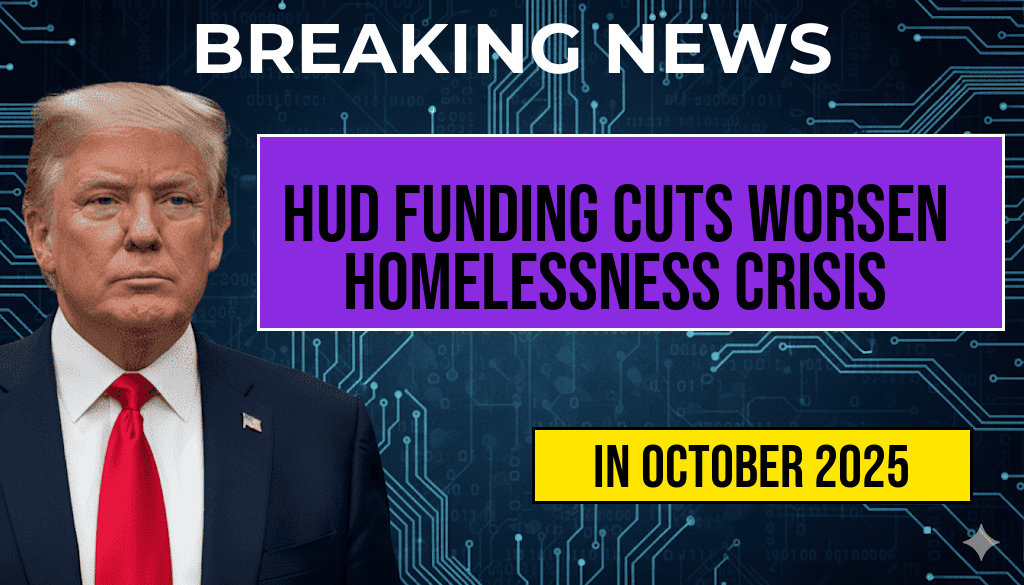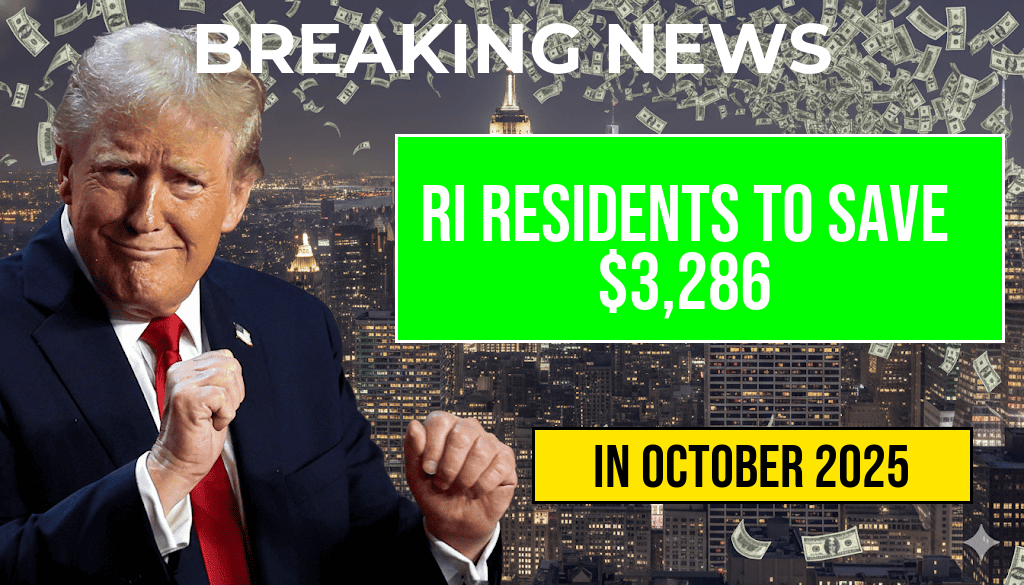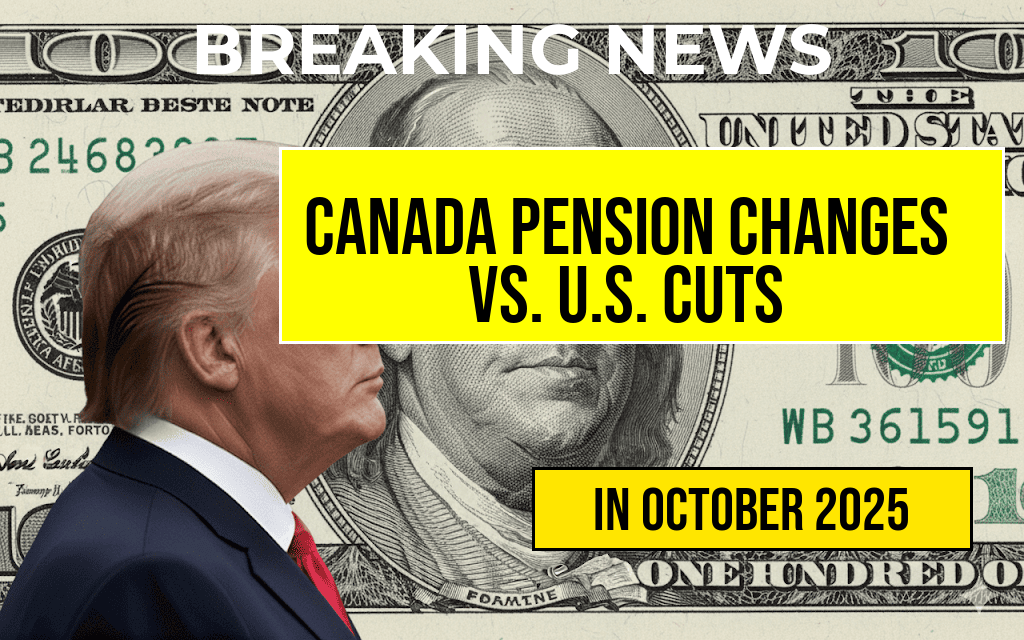The federal government’s recent decision to slash the Department of Housing and Urban Development’s (HUD) funding from $3.3 billion to just $1.1 billion has ignited fears of a worsening homelessness crisis across the United States. This dramatic cut, amounting to approximately 67%, jeopardizes critical programs designed to support vulnerable populations, potentially leaving an estimated $170,000 in support at risk. As states and local agencies grapple with escalating housing insecurity, advocates warn that the reduced federal investment could reverse years of progress in addressing homelessness, leaving thousands more Americans without shelter and access to vital services.
Funding Cuts and Their Immediate Impact
Reduction in Resources and Program Eligibility
Federal funding constitutes a significant portion of the resources allocated to combat homelessness. The recent reduction from $3.3 billion to $1.1 billion effectively eliminates several initiatives aimed at providing emergency shelter, transitional housing, and supportive services. Agencies that rely heavily on HUD grants warn that without adequate funding, many programs will face closures or scaled-back operations, directly impacting those in need.
Projected Outcomes and Rising Numbers
According to estimates by the National Alliance to End Homelessness (NAEH), the funding cut could result in a loss of support for approximately 170,000 individuals annually. This figure encompasses those receiving assistance for housing placement, mental health services, and substance abuse treatment. Local agencies already stretched thin are warning that the reduction may lead to increased shelter intakes, longer stays for homeless individuals, and a spike in street homelessness.
State and Local Responses to Federal Reductions
Adaptive Strategies and Funding Gaps
Several cities and states have announced plans to bridge the funding gap through reallocations or increased local budgets. However, many jurisdictions lack the financial flexibility or political will to fully compensate for the federal cut. In cities like Los Angeles and New York, where homelessness numbers are already at crisis levels, officials fear a substantial deterioration of services, including a decline in affordable housing options and emergency shelters.
Community-Led Initiatives and Private Sector Involvement
Community organizations and private donors are stepping up to fill some voids left by federal reductions. Initiatives such as rapid re-housing programs, motel vouchers, and mental health outreach are seeking to mitigate the impact. Nonetheless, these efforts are often limited in scope and sustainability, raising concerns about their capacity to meet the growing demand.
Broader Implications for Homelessness Policy
Historical Context of Funding and Homelessness Trends
Historically, federal investment has played a pivotal role in reducing homelessness. The Housing First approach, which prioritizes stable housing as a foundation for addressing other issues, gained momentum with consistent funding. The recent cut threatens to stall this progress, potentially reversing gains made over the past decade.
Potential Long-Term Consequences
| Aspect | Expected Effect |
|---|---|
| Support Services | Significant reduction in mental health, addiction, and employment programs |
| Housing Stability | Increased eviction rates and longer durations of homelessness |
| Public Health | Rising health crises among homeless populations, including COVID-19 spread |
| Community Safety | Potential increases in public safety concerns related to street homelessness |
Expert Perspectives and Policy Debates
Advocates Warn of a Crisis Escalation
Experts from organizations such as the NAEH emphasize that the funding decrease could undo recent advancements in homelessness reduction. Dr. Laura Figueroa, a policy analyst specializing in housing issues, stated, “A sharp decline in federal support risks creating a backslide in our efforts to end homelessness. Without substantial intervention, we could see the numbers climb once again.”
Legislative and Political Responses
Legislators are divided on the issue, with some arguing that budget constraints necessitate cuts, while others advocate for restoring or increasing funding. Proposed bills aimed at supplementing HUD resources with state and private funds are gaining traction but face uncertain prospects amid broader budget negotiations.
Looking Ahead
As the nation confronts these funding challenges, many believe that innovative, sustainable solutions are essential. Increasing investment in affordable housing, expanding supportive services, and fostering public-private partnerships could be crucial steps to prevent a further deterioration of homelessness conditions. Stakeholders underscore that addressing the crisis requires a coordinated effort that prioritizes both immediate relief and long-term structural change.
For more information on homelessness trends and policy initiatives, visit Wikipedia’s overview of homelessness in the United States and Forbes’ coverage of private sector roles in tackling homelessness.
Frequently Asked Questions
What is the main reason for the worsening homelessness crisis?
The crisis has deepened primarily due to a significant drop in HUD funding, which has decreased from $3.3 billion to $1.1 billion, limiting resources available for support services.
How does the reduction in funding affect homeless support programs?
The reduction threatens to cut or severely limit $170,000 in support, impacting critical services such as shelters, housing assistance, and outreach programs that help homeless individuals.
Why is HUD funding important in addressing homelessness?
HUD funding provides essential financial support for programs aimed at preventing homelessness, providing emergency shelter, and helping individuals transition into stable housing.
What are the potential consequences of continued funding cuts on homelessness rates?
If funding continues to decline, there is a risk of increased homelessness, with more individuals and families unable to access necessary support and housing resources.
Are there any proposed solutions to mitigate the impact of funding reductions?
Potential solutions include increasing public and private funding, implementing more efficient resource allocation, and expanding community-based programs to better support vulnerable populations despite reduced federal funding.








